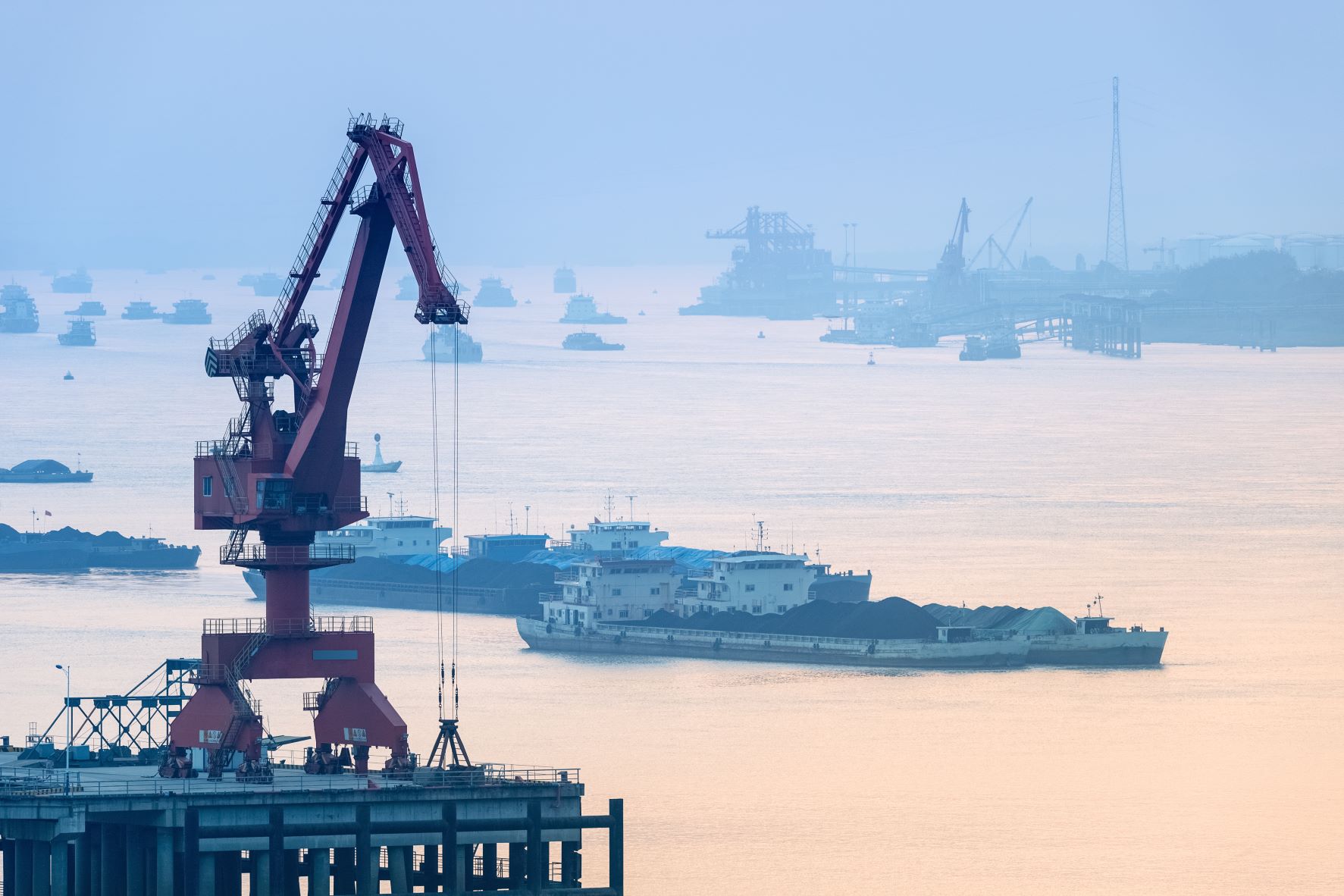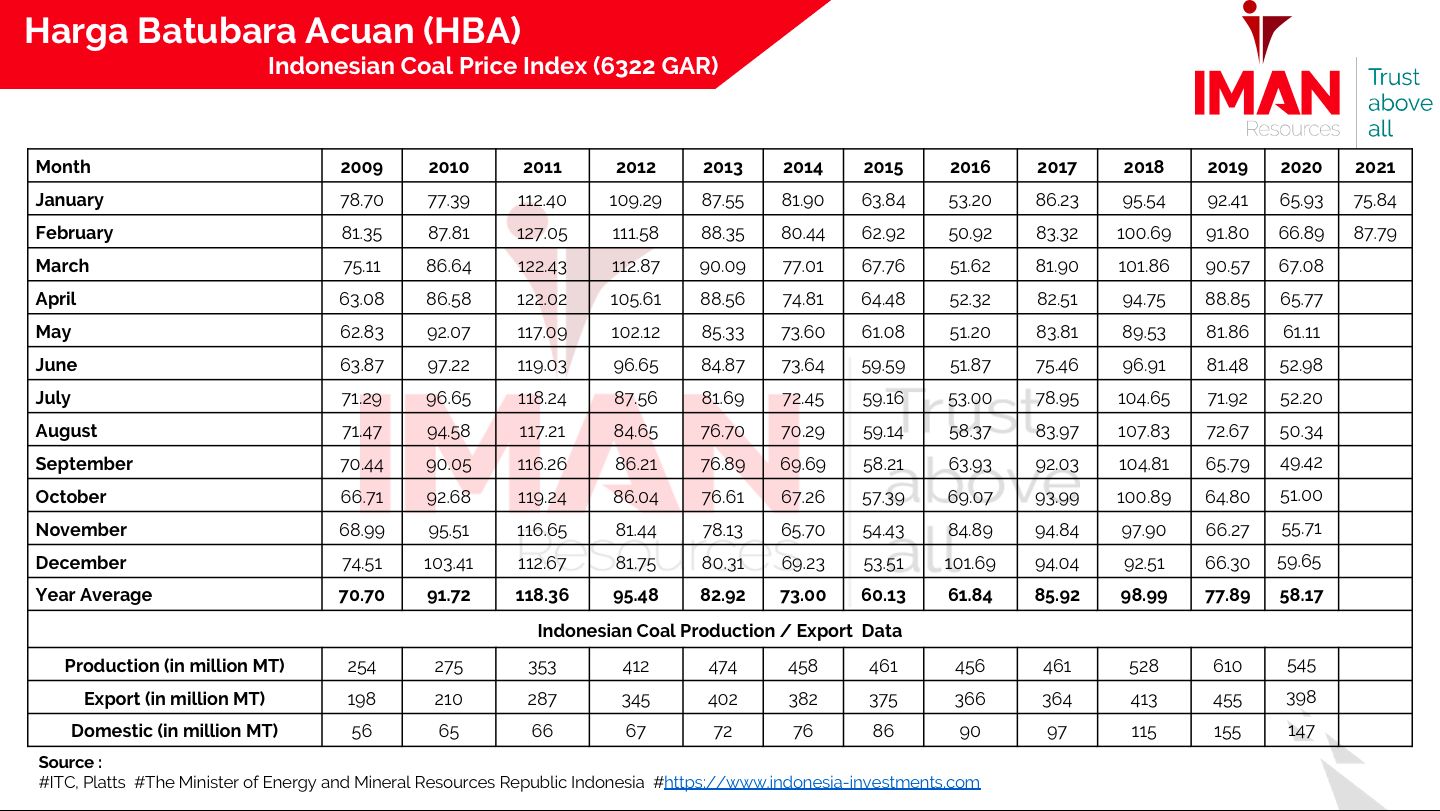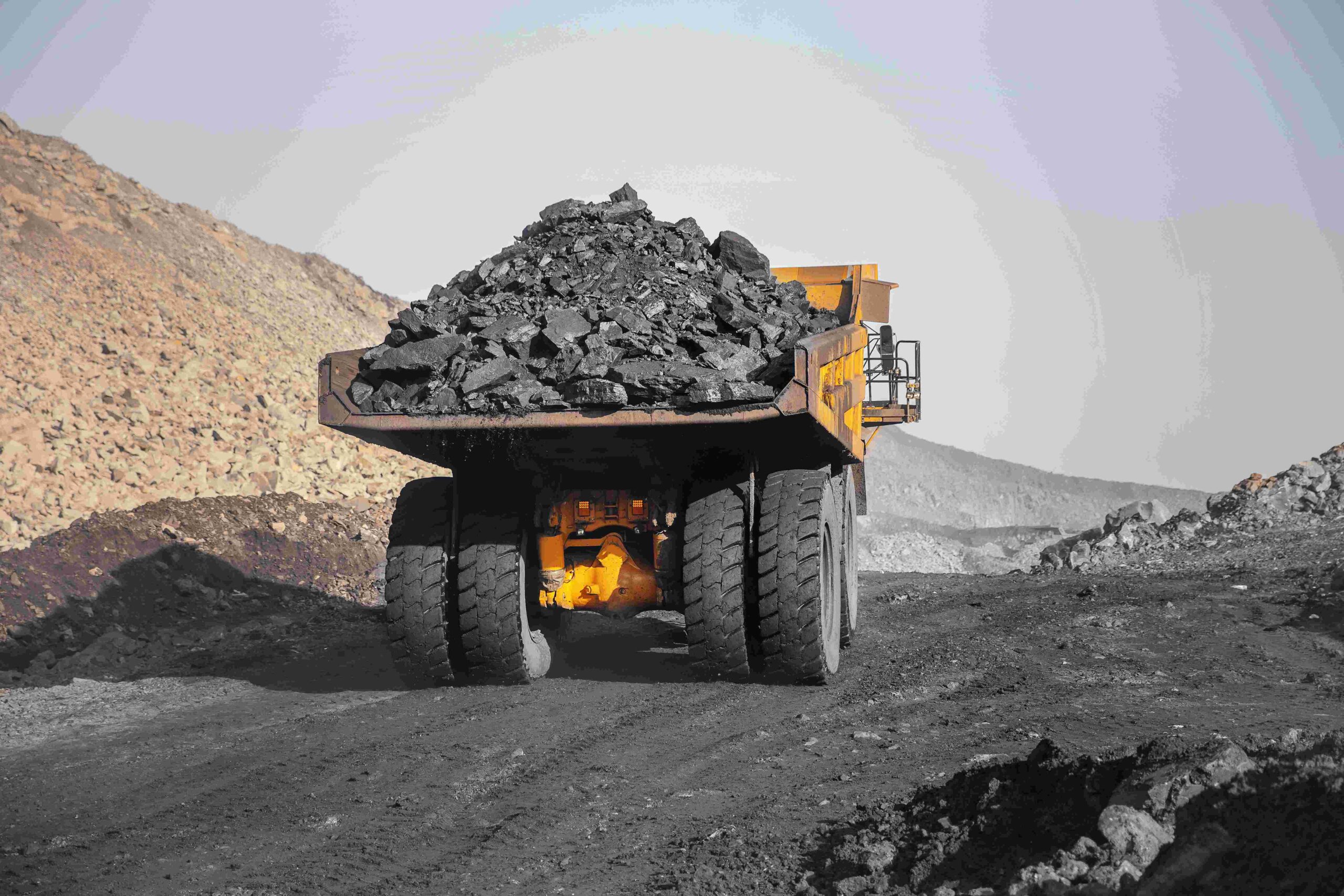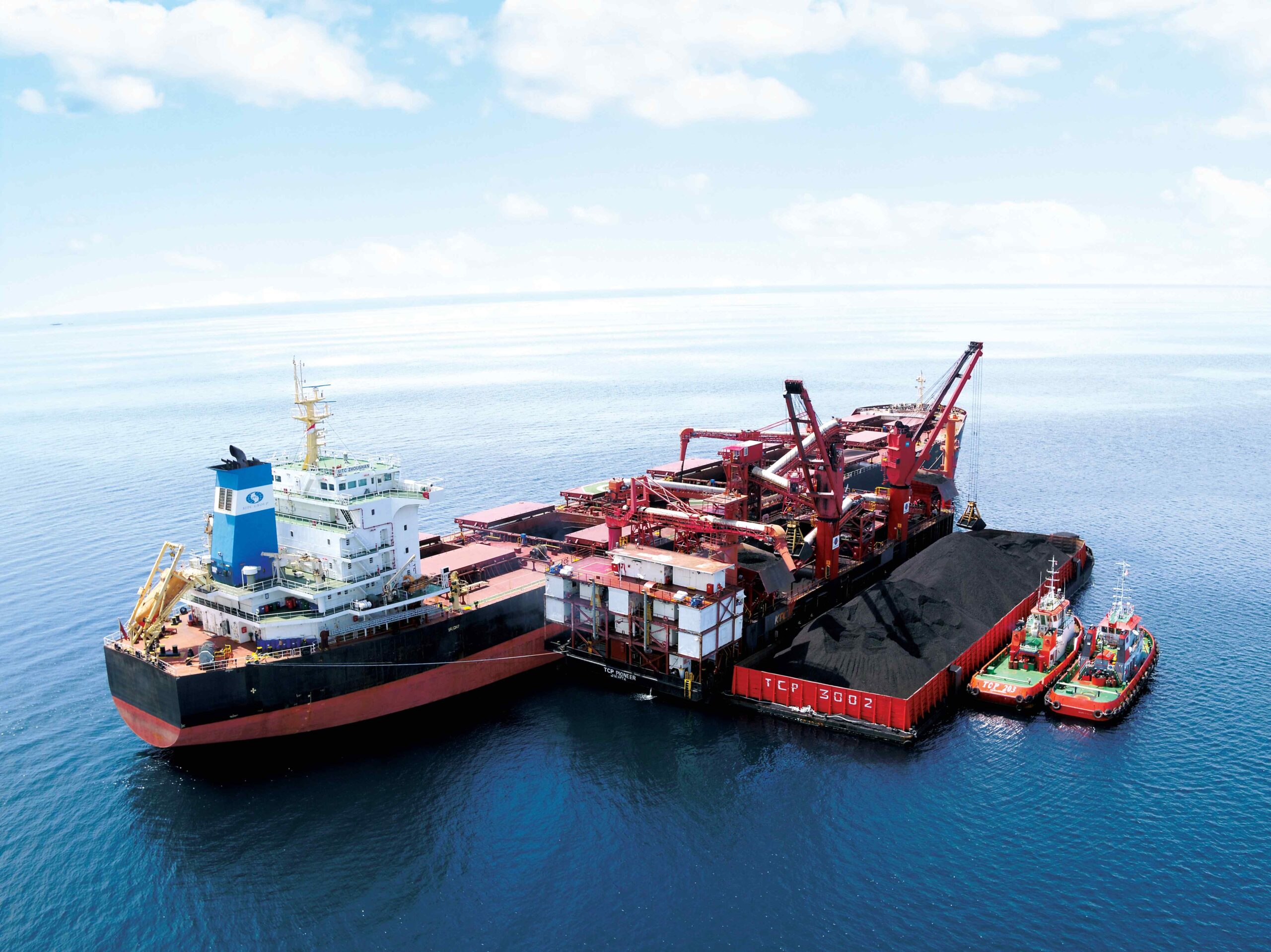

Over the past week, thermal coal prices on the European market were actively strengthening above 170 USD/t on the background of the reduction of gas reserves in European storage facilities to their lowest winter levels of 45.4% in the long-term history of observations, despite lower gas and electricity prices, increased LNG supplies and forecasts of warmer weather.
The increase in quotations was also due to a decline in Russian coal supplies, caused by logistical problems on the Russian Railways (RZD) network, ice restrictions in Baltic Sea ports, and a significant reduction in westbound coal transportation schedules by RZD.
The Indonesian government’s ban on coal exports supported South African indices above 180 USD/t.
In China, spot prices for 5500 NAR increased to 147 USD/t FOB Qinhuangdao. Coal quotes were also backed by the ban on exports from Indonesia and the drop in coal inventories in the 9 largest ports in the north of China to 17.5 mio t (-2.3 mio t w-o-w).
Strong demand from Japan, South Korea and Taiwan amid the ban on coal exports from Indonesia and the spread of Covid-19 in Australia contributed to the growth in indices for high-CV Australian material above 225 USD/t.
Indonesian 5900 GAR inched higher to 126.5 USD/t.
Indonesia maintains a ban on coal exports from the country, imposed by the government from January 01, 2022 to January 31, 2022 to ensure the adequate coal reserves in the domestic market. Nevertheless, according to some reports, a number of producers were allowed to resume exports and several dozen vessels with Indonesian coal were able to go to consumers.
At the same time, to prevent the emergence of coal shortages in the domestic market, the authorities are also considering the introduction of fines against coal companies that violate obligations to reserve material for domestic consumers. The fines, which may amount to about 10-12 USD/t as well as their application should be approved on January 28.
Australian metallurgical coal prices reached an all-time high of 430 USD/t, driven by steady demand in major consumption regions and a persisting supply shortage.
Source: CAA













